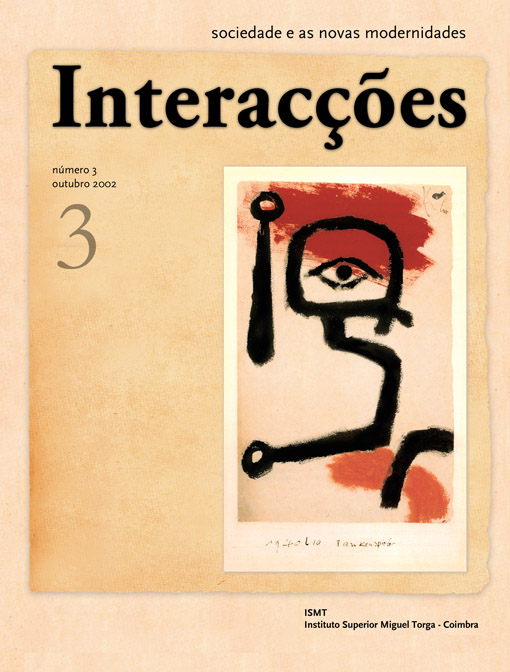Trechos da História da Loucura
Abstract
A obra de Michel Foucault sobre a história da loucura e do confinamento abriu não apenas um tema de pesquisa, na prática analítica contemporânea, mas propriamente um novo campo epistemológico sobre doença, poder, razão e diferença. Este artigo aborda, em perspectiva histórica, o modo como a insanidade foi sendo construída e desconstruída, na cultura ocidental, entre a antiguidade e a época contemporânea. A autora enfatiza a relação instável entre representações culturais contraditórias de estigma, mística, brutalidade e marginalização (por exemplo, a ‘Nave dos Loucos’) e, por outro lado, o lento desenvolvimento de perspectivas propriamente psicológicas e de profissão médica que conduziram hoje à fecunda interacção entre clínica, farmacologia e psicanálise.
Summary
The work of Michel Foucault on the history of insanity and confinement opened up not only a theme of research, in the contemporary analytical practice, but properly a new epistemological field on disease, power, reason and difference. This article approaches, in historical perspective, the way as insanity was constructed and deconstructed, in the Western culture, between antiquity and the contemporary age. The author emphasizes the unstable relationship between contradictory cultural representations of stigma, mystique, brutality and marginalization (for example, the ‘Ship of Fools’) and, on the other hand, the gradual development, in scientific terms, of psychological perspectives and orientations of medical profession which lead today to fecund interaction between clinic, farmacology and psychoanalysis.
Downloads
Downloads
Published
How to Cite
Issue
Section
License
The copyright of published works is retained by the author who grants Interações the original publication right. The published article can be used freely for educational, non-commercial purposes, in accordance with the Creative Commons License - Attribution-Non-Commercial 4.0 International, provided that the author, the title of the article, the title and number of the journal are cited together with the URL or DOI of the article.



